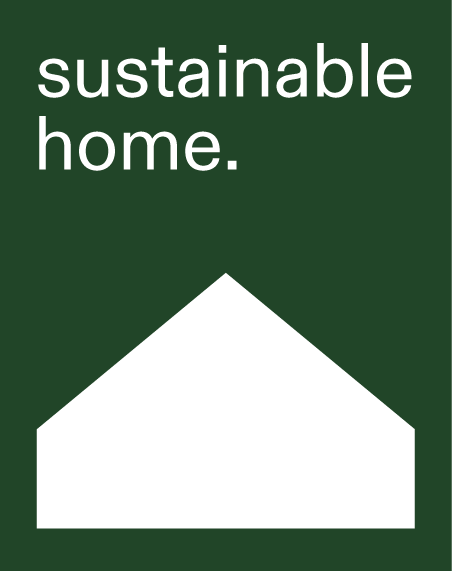It was 2016 when semi-retired couple Robin Purvis and Wal Grove left their home in Brisbane’s city for an old, dilapidated farm block in Noosa’s hinterland.
They purchased a 12-acre property in Cooroy with a small worker’s cottage, which they moved into after a minor renovation.
As avid gardeners, Robin and Wal have spent the years since then lovingly regenerating the site to encourage biodiversity and local wildlife, seeking advice from Landcare and other professionals along the way.
So when they finally decided it was time to build a new house on the property a few years ago, it was clear the architecture was going to be designed around the gardens — rather than the other way around.
‘It was always intended that the gardens would grow to engulf the house,’ says architectural designer Henry Bennett, who collaborated with architect Dan Wilson on the project.
‘It was important that the new building sat comfortably in its setting, and to us, that meant heavily referencing the existing worker’s cottage at the front of the site.’
Located just 130 metres away from the existing dwelling, Cooroy House takes its cues from the timber and tin residence to create an off-grid home that’s equal parts simple, striking, and sustainable.
To mimic the robust character of a traditional Queenslander, the modest 155-square-metre abode was built from natural materials and is raised off the ground to limit any disruption to the landscape.
The lightweight timber frame is lined in chamfer board, with hipped roof forms and corrugated metal sheeting — creating a warm, but pared-back, atmosphere both inside and out.
The designers also spoke at length with Robin and Wal to understand how the house could make the most of its natural environment and climate.
These conversations lead to a series of pavilions and ‘outdoor rooms’ that form an L-shaped floor plan, stitched together by a long veranda overlooking the enchanting main courtyard.
Not only did this approach ensure the house is passively designed, eliminating the need for air-conditioning, but it also allowed each room to have a unique — and constant — connection with the gardens outside.
‘The clients spend a lot of time outdoors and wanted a home that felt as outdoors as possible,’ Henry explains.
As part of their commitment to the environment, the house is powered by solar and runs off tanks water, with an electric heat pump hot water system.
‘In this case, it was more cost effective to opt for solar than connecting to the electricity grid,’ Henry adds.
Breezes are captured through large full-height openings, whilst sun is moderated through the use of strategic awnings and roof overhangs.
Despite its many impressive features, the success of this house all comes back to the garden.
‘Robin’s gardens are definitely our favourite part of the project’ Henry says. ‘They are starting to engulf the building, bringing so much life to the site.’






























































